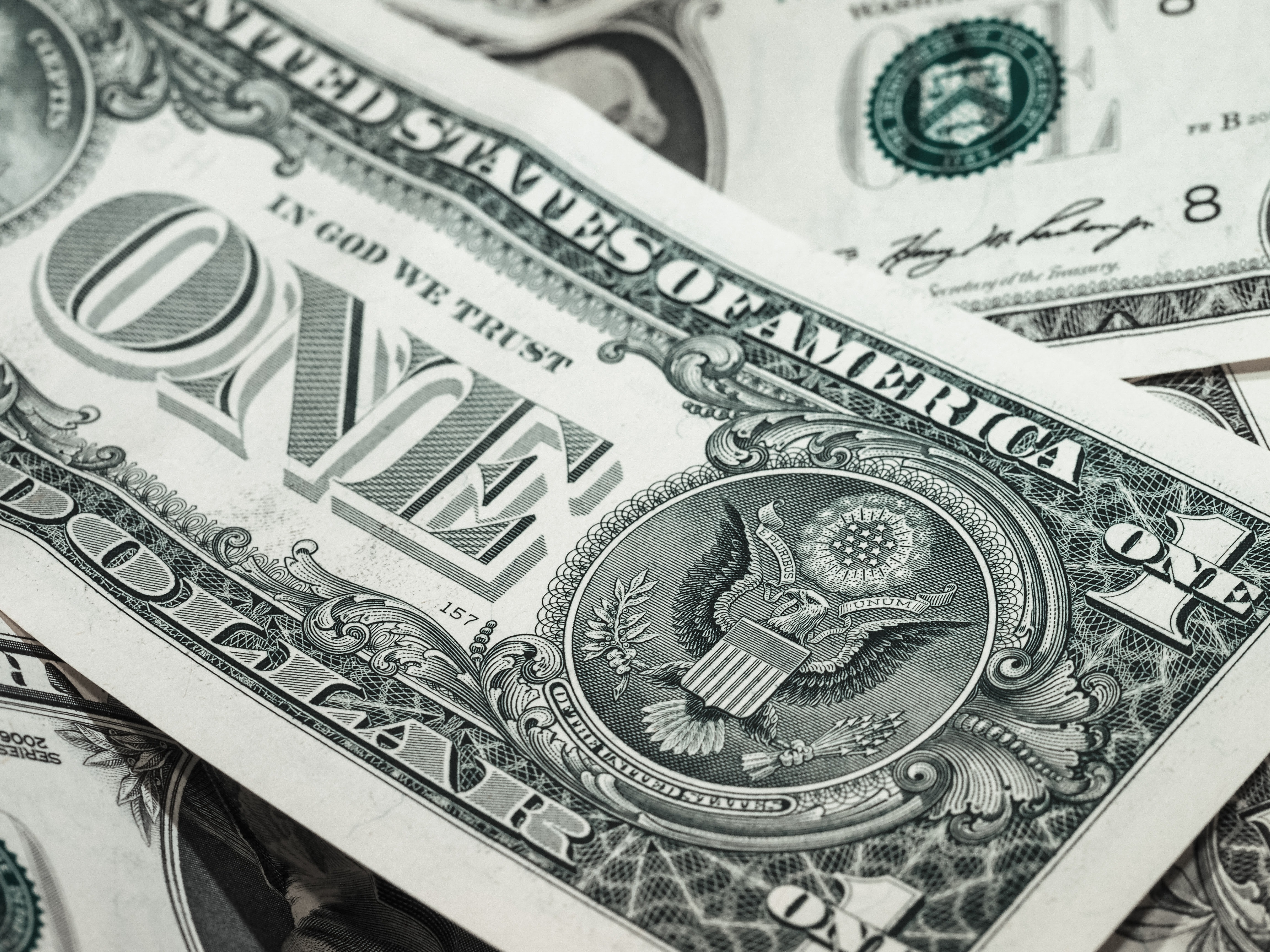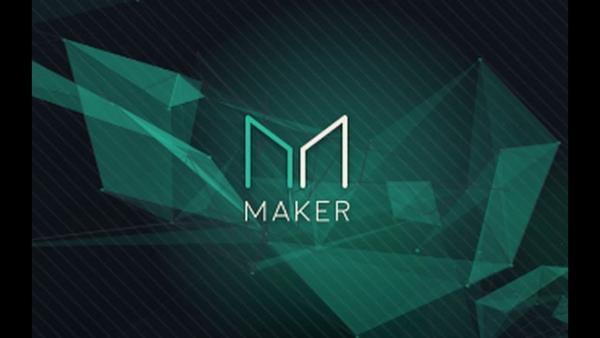
The Dollar Wrecking Ball: Why is a strong US dollar so dangerous?
The rising US dollar strength is starting to produce cracks across economies and markets.
The prevailing problem with most traditional governing structures is a misalignment of incentives, the so-called principal-agent problem. The most standard example would be a governance design of a regular publicly traded company (Apple, Tesla, Microsoft). In charge of such a company is a board of directors with a CEO at the top. The issue stems from the fact that the salary managers receive is not directly linked to the firm’s performance. Regardless of whether their actions affect the firm positively or negatively, the CEO still pockets his juicy salary (which has been growing truly juicier over time). Therefore, it can lead to reckless decision-making. It is not to say that the directors are not mostly highly qualified people, but the issue is the managerial structure, which is built such that the incentives between the firm’s shareholders and managers are not aligned.
A similar problem occurs at money management firms (pension funds, hedge funds, investment banks), which oversee accounts worth billions of dollars. The goal of the trader/manager is to maximize the return on his account, for which he can receive considerable bonuses, thus incentivizing excessive risk-taking. And if the trader fails, the worst-case scenario is he loses his job. But people invested in the trader might lose their life savings. The most vivid and colossal example of the principal-agent problem occurred during the 2008 financial crisis. Millions of people lost their homes and savings whilst bank managers pocketed their generous severance packages and went looking for another job.
The crypto industry has come up with a governing structure which can fix this problem and align the incentives between all the invested parties.

What is a DAO?
A decentralized autonomous organization (DAO) is an entity without a central authority, fully governed by its members. Any changes to the project are decided from the bottom up, where the whole community takes part in a voting process. The result is then enforced by the smart contracts on the blockchain. A smart contract is a piece of code which executes a decision once a specific set of criteria is met; it underlies the whole DAO structure. The DAOs have treasuries that are only accessible and used when the community allows it. The organizations have no hierarchical management and can support many members.

Anyone can become part of the DAO, but the entry usually entails purchasing the native token. The tokenomics is the crucial part responsible for setting the right incentives. By purchasing the token, all the members become stakeholders in the project; they all have “skin in the game”. Their gains/losses are directly dependent on the decisions the community makes. The results are purely performance-depended. This structure incentivizes all the members to properly scrutinize every decision the community makes.
The DAOs are also completely transparent. They are open-source, which means anyone can see the project’s code. Moreover, voting choices are freely available for anyone to view, which, once again, motivates members to make careful decisions. The details of the structure are different in every DAO, but the basis stays the same everywhere: the whole community leads the project and incentives are aligned such that decisions are made in the project’s best interest. Since its inception, the number of DAOs in the ecosystem has grown to more than 4,000 with over $8 billion in treasuries.

How is DAO created
Firstly, the developer/s must come up with the purpose behind their DAO and then code its underlying smart contracts. Most DAOs are built on Ethereum because of its advanced smart-contract functionality. Next, the founders must secure funding and enact governance. Usually, a token sale takes place where the buyers receive voting rights and become stakeholders. Finally, the project is deployed on the blockchain. From that point, every proposed change or decision must go through a voting process open to all token holders.

Benefits
· Decentralization – Instead of a central authority (CEO, Board of Directors), who might be liable to make lax choices, the decision-making is given to the community invested in the project.
· Right set of incentives – Linking the token’s price to the project’s performance ensures that all the members are incentivized to make decisions which are in the best interest of the project.
· Participation – a DAO offers its members more empowerment and a closer connection with the project. Such features can attract more people and thus also more funding. That is why DAO has recently been a favourite option for charities.
· Community – without a need for a physical location, people from all over the world can band together and pursue a common goal.
Disadvantages
· Speed of decision-making – sometimes, a decision can be made much more easily through one person in charge (CEO) rather than undergoing a lengthy voting process. This creates friction in management.
· Education –properly educating all its members to ensure they make informed decisions during the voting process is a time-consuming activity which adds another friction to the process.
· Inefficiency - basically summarizes the previous two points. Having a whole community run a project can lead to numerous inefficiencies: administrative costs, distributing information among its users, communicating initiatives, explaining strategies, or onboarding members are all additional hurdles which are not present on such a scale in a traditional company. Overcoming these problems is costly, and the projects risk operating inefficiently.

The first DAO
Some would consider Bitcoin to be the first DAO. It does bear a significant resemblance to the structure we described above. The network scales through community agreement, and there is no central authority. Ultimately, almost all crypto projects use some features of the DAO concept. Some could be even precisely classified as DAOs, though they would not identify themselves as such. Other projects are on the other side of the spectrum, resembling more just a traditional company with a token system. We would prefer not to think of a DAO as a specific type of company but rather as a set of principles on how to achieve a purely decentralized, community-led entity. Some crypto projects decide to adopt more of these principles, others not so much.
Nevertheless, the first to come up with the concept of a DAO was a project named, funnily enough, ‘The DAO’. Launched in 2016, the aim was to create a decentralized venture capital fund. The project raised $150 million in ETH, which, to this day, is one of the most impressive crowdfunding efforts. The plan was to invest the money based on collective decisions. Unfortunately, the project did not meet a successful end. A hacker took advantage of a flaw in the smart contract and siphoned over $60 million of ETH from the project. The hack was a massive blow not only to the project, but also to Ethereum, as The DAO possessed more than 14% of its circulating supply. After months of squabbling over what to do, the community decided to undergo a hard fork of Ethereum and start a new chain where the attack never happened and where ETH was returned to its original owners. It was a controversial move, and many people chose to stay on the original chain, Ethereum Classic.

The most successful DAOs
Turning all the firms in the future into DAOs is a charming idea but unlikely to happen due to the inefficienciesmentioned above. However, we would expect projects to continue adopting its features into their business models, which already is an ongoing trend in crypto.
There are also parts of the market where it suits protocols to adopt the pure version of the DAO:
- Charities (UkraineDAO, Big Green DAO)
- Investment funds (MetaCartel, theLAO)
- Grants (Mint Fund, Sevens foundation)
- Collectors (PleasrDAO, Flamingo)
- Crowdfunding (GoCryptoMe, ConsitutionDAO)
- DeFi (Compound, Aave, Curve, Synthetix)
The list is certainly not exhaustive. There is a whole spectrum of use cases for the DAO structure. Some projects were already able to turn the concept into a perfectly functioning entity:
· Uniswap – one of the leading decentralized exchanges with its governance token (UNI) among the top 20 cryptocurrencies by market cap in the world

· BitDAO – a decentralized investment fund started by PayPal founder Peter Thiel. Token holders decide how their capital is invested and managed
· Friends with benefits – a crypto social club which allows like-minded people to network. Each city has its own hub so that people from the same area can get together
· ConstitutionDAO – a fascinating project which gathered more than 15,000 contributors in order to bid for a rare edition of the US constitution. Unfortunately, even though the project raised more than $40 million, they got outbid during the auction. However, people still consider it a success which showed DAO’s crowdfunding capabilities
· MakerDAO – built on Ethereum, the project offers lending and borrowing services, and developed one of the largest stablecoins on the market, DAI

· Pleasr – a collection of artists and art enthusiasts that invest in NFT artwork
· UkraineDAO – a beautiful example of how DAOs and crypto, in general, can be used to do good. The UkraineDAO is a project dedicated to raising funds for Ukraine to help them with their fight against Russia. The project has been a huge success and managed to raise millions of dollars
Future of corporate governance
Adding it to the list of innovations the crypto industry has brought, DAO has been steadily gaining traction. It offers a new way to govern, empowering all the people included in the project and provides the right set of incentives for the community to thrive. Over time we can expect developers to overcome its inefficiencies and for the concept to be encompassed by clear regulation. Even if the genuine version of the DAO concept does not take hold, we can expect stakeholders and community members to start demanding DAO-like features to be implemented in their traditional companies
Comments
You must be logged in to add a comment.